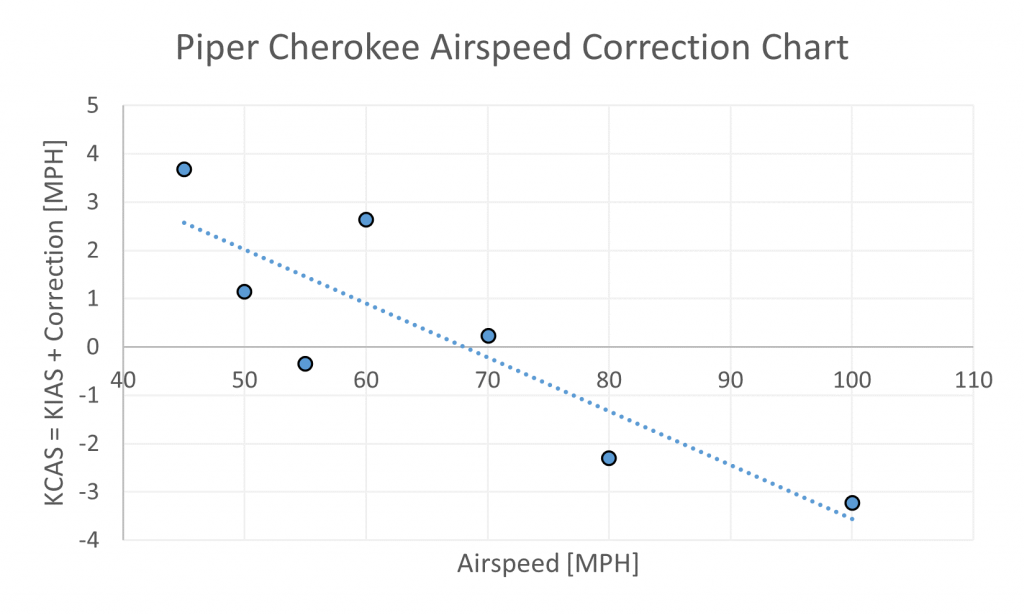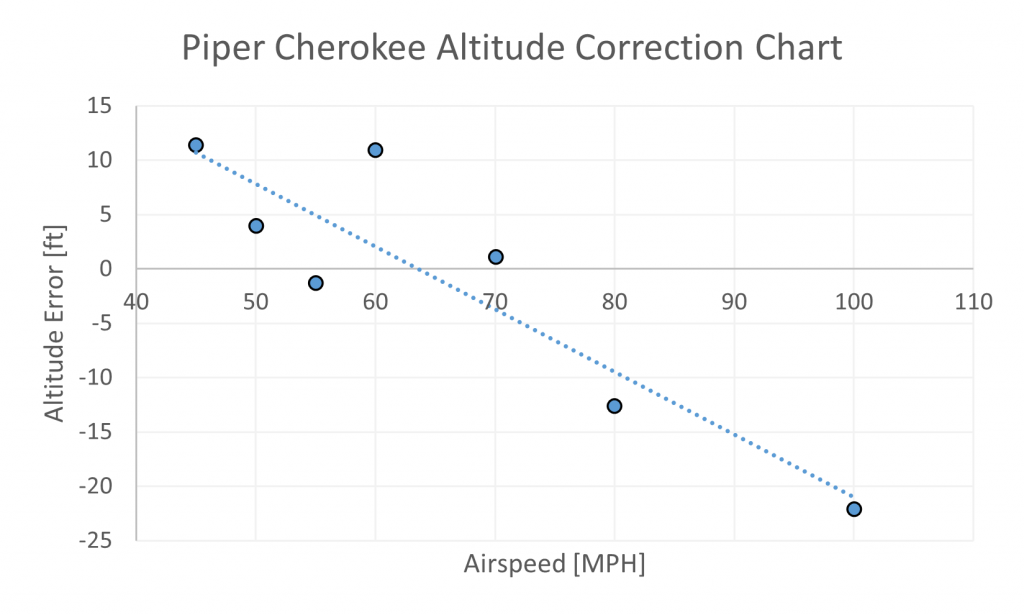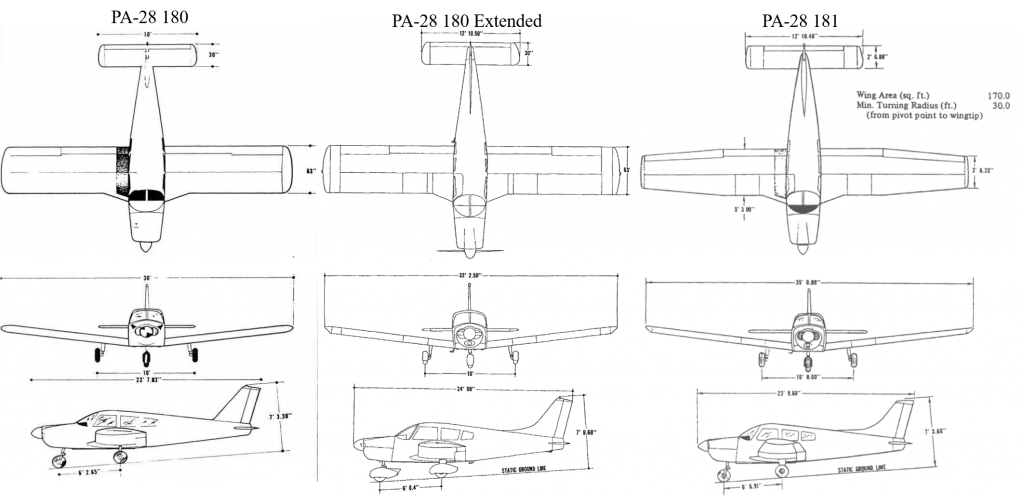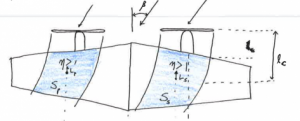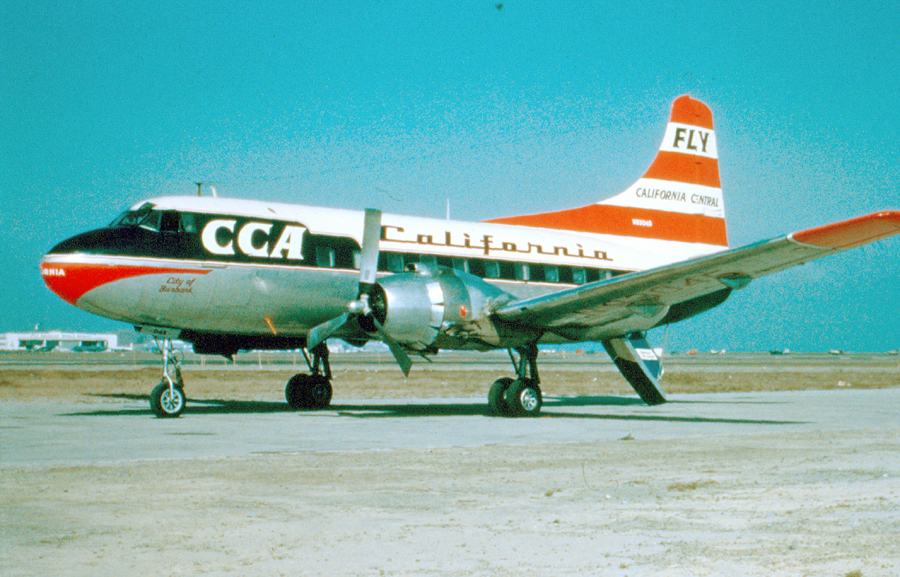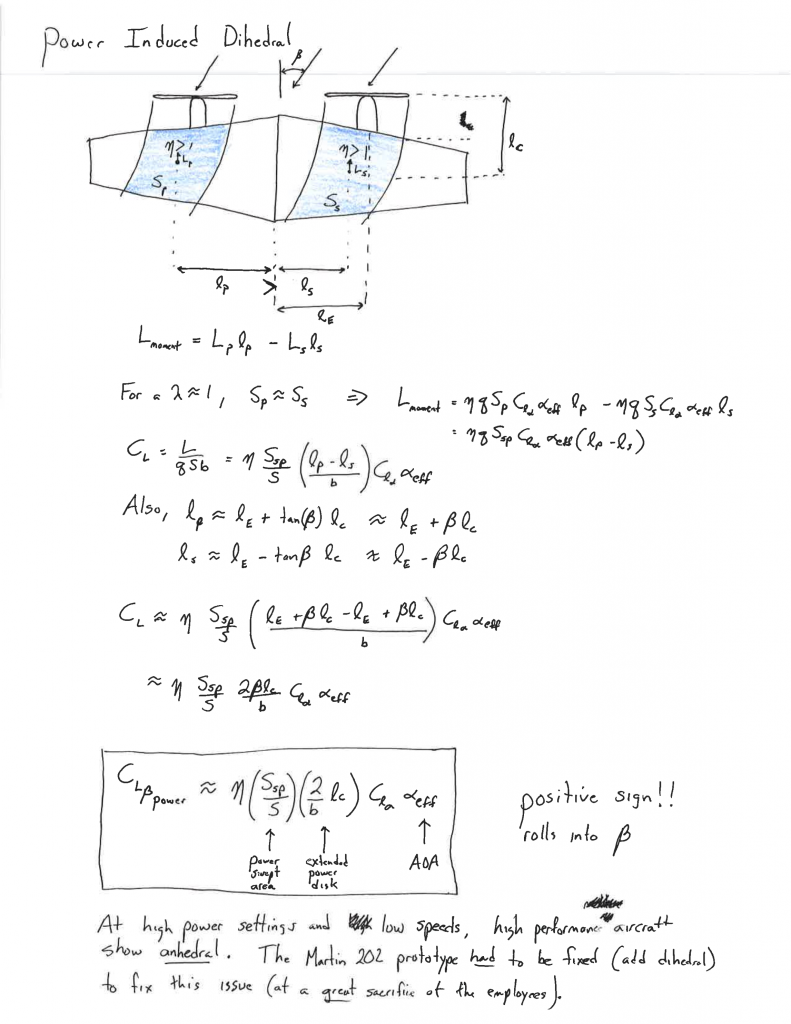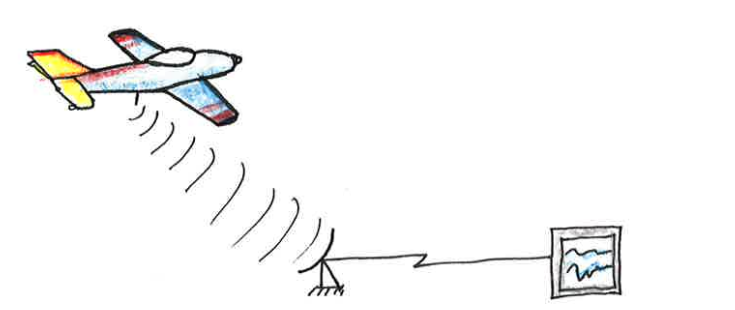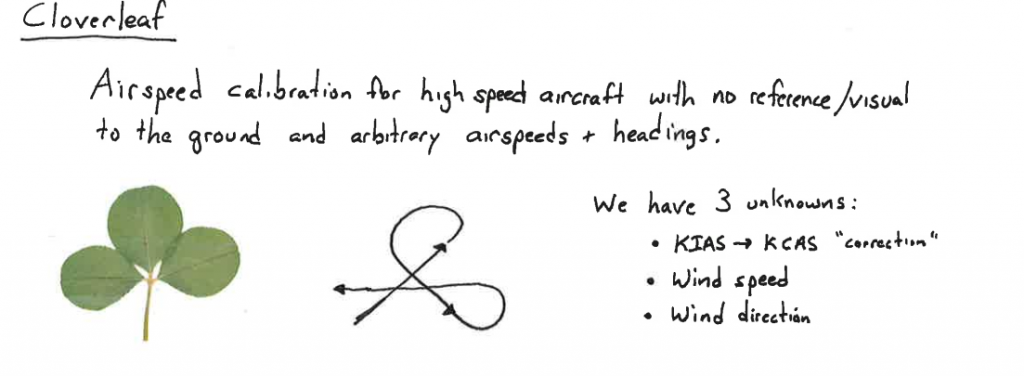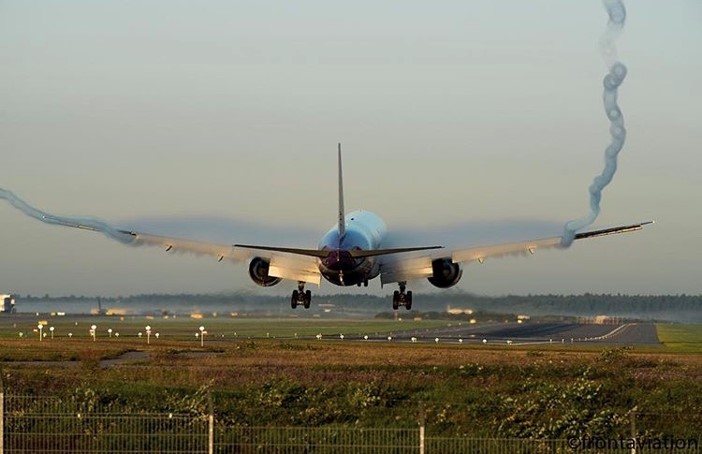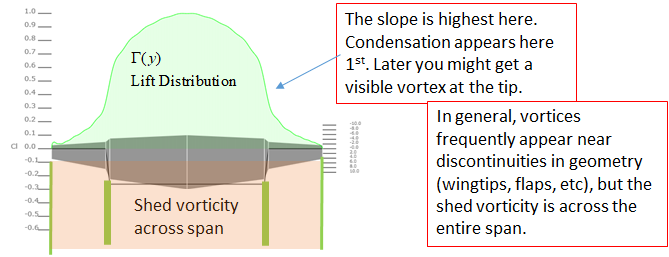Or… How I learned to stop worrying and count the zeros
The dB decibel scale can often be very intimidating to others, so here’s a quick way to simplify (i.e. no logs or powers) your explanation to two steps. The fundamental point to make is that a Bell is how many zeros. A decibel is the number of zeros multiplied by 10.
Let’s convert a ratio to dB. Pick 100. This number has a number 1 followed by two zeros before the decimal point.
- How many zeros? “2”. Multiply by 10. “20”
- Say that number. “20 dB”
Let’s reverse the process and convert dB to a ratio. Pick 40 dB.
- Divide by 10. “4”
- Four zeros before the decimal place is: “10000… ten thousand”
How about a more complicated case. Convert 25 dB to a ratio.
- Divide by 10. “2.5”
- Two and a half zeros before the decimal place is? “more than 100 and less than 1000” Yes, and half a decimal place is about 3. “So 300?” You got it. “25 dB is about 300”
Now, convert 564 to dB.
- How many zeros? “Almost the number 6 followed by two zeros. So 2” Yes, but we had a 6 in front of the zeros. 6 is worth about 75% of a decimal place. “So 2.75?” Exactly, now multiply by 10. “27.5”
- Say that number. “27.5 dB”
This approach is much easier to explain than defining dB = 10 log(R) and the inverse operation using pow(10) and gives much better intuition. So, in field work, I tend to just use this approach. This may seem trivial to experts, but any trick to increasing understanding and explain-ability is worth your consideration.

